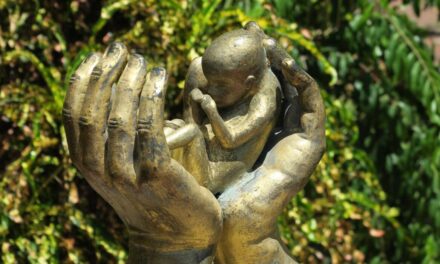If the National Election Commission gives the green light and no obstacles arise during possible legal remedies, then the child protection referendum could be the eighth national referendum after the system change. Moreover, after Gergely Karácsony also submitted a series of questions, a continuation is also conceivable.
The first took place more than thirty years ago, back in November 1989: during the so-called "four-gene" referendum, voters had to decide whether the president of the republic should be elected only after the parliamentary elections, whether party organizations should withdraw from workplaces, whether the MSZMP about the
assets it owns and manages, and whether the Labor Guard should be disbanded.
The referendum was initiated by four parties, SZDSZ, Fidesz, FKGP and MSZDP, who encouraged yes votes for all questions. "Those who stay at home vote for the past!" they announced on their posters.
95 percent of the respondents said yes to the dissolution of the Labor Guard, the accounting of assets and the withdrawal of parties from workplaces.
However, only 6,404 votes were in favor of the presidential election, i.e. that this should be postponed until after the parliamentary elections.
The referendum resulted in the strengthening of the SZDSZ and Fidesz, but the issue of the election of the head of state was not removed from the agenda. Not so much that this was also the topic, or rather the only question, of the next referendum held in July 1990.
Although according to one point of the MDF-SZDSZ pact, the head of state would have been elected by the majority of the Parliament (this has been the case ever since), the debate did not reach a settlement. In addition, this practically did not clarify the method of choice.
A few days after the vote, the Parliament elected Árpád Göncz, nominated by the SZDSZ, as President of the Republic. We had to wait seven years for the next referendum, at which time the population of the country could decide whether our country should join the North Atlantic Treaty Organization, i.e. NATO, after the military alliance sent an invitation to our country, along with the Czech Republic and Poland . The referendum was accordingly initiated by the Parliament, and the head of state scheduled the election for November 16, 1997. NATO accession was supported by all parliamentary parties.
The turnout almost reached 50 percent, and 85 percent of respondents voted in favor of annexation.
According to the new referendum law, the voting was considered effective, because the legislation made it conditional on the majority, but at least a quarter, of the participants giving the same answer to the question. Hungary finally joined the association in 1999.
Six years later, a decision had to be made on another accession, this time on joining the European Union. The accession negotiations between the Union and our country, which lasted several years, were successfully concluded in 2002, but the voters had to say the final word. Similar to the NATO referendum, in addition to the government, all parliamentary parties were in favor of joining, but there were others, such as the MIÉP, which opposed the accession.
The results were similar to six years earlier: with 45 percent participation, 83 percent said yes to Hungary becoming a full member of the European Union, which happened on May 1, 2004.
more details of the story in the Mandiner here.












